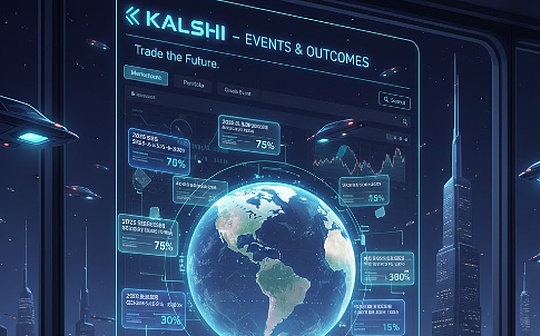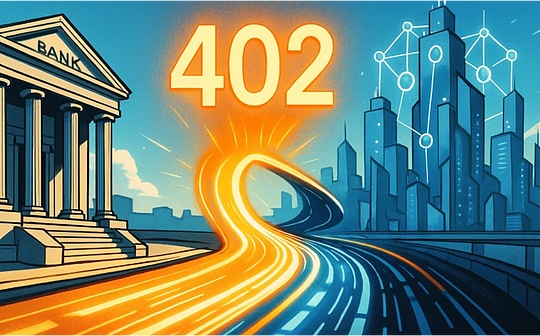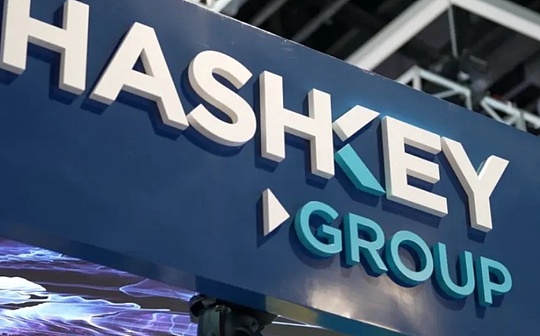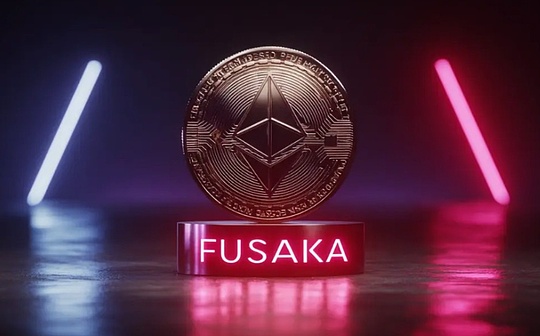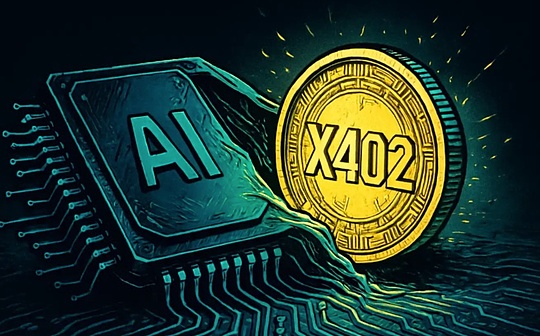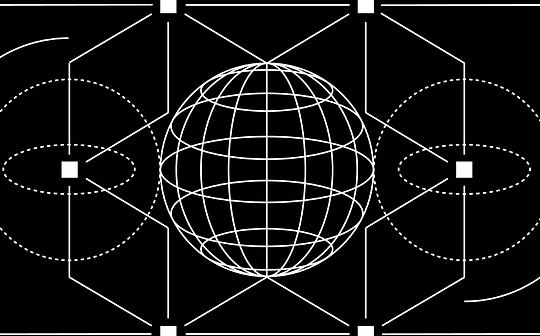
author:Brian Seong Source: X,@Brianseong99 Translation: Shan Ouba, Bitchain Vision
Open with the ultimate statement:“Seamless cross -chain liquidity access is necessary!”
1. Easily deploy new L2
With the help of@0xpolygon’s CDK,@Optimism’s OPSTACK,@Arbitrum ORBIT, and many other RaaS services, it is easier to deploy L2 now.However, the liquidity between chains becomes more fragmented.These are just the top 10, and there are countless more.
>
2. Cross -chain user experience is still a main problem
>
Due to the problem of user experience, cross -chain interaction becomes a headache.The following is the user’s journey:
Through layer 1:
-
From the source chain extract to L1.wait.(If it is Optimistic Rollup, there is a challenge period, and most chains are usually set to 7 days).
-
Add liquidity from L1 to the target chain.wait.
-
Start trading on the target chain.
-
From the source chain extract to the bridge contract.Waiting for and paying a premium, and at the same time bear the risk of trusting the third -party bridge.
-
Bridge relay calls the coin operation on the target chain.wait.
-
Starting trading on the target chain may be a packaging token.
-
Unified bridge: Allow all the local asset pools that are connected to the Agglayer, and no need to draw an intermediary or additional trust assumptions.
-
Pessimistic proof: The pessimistic proof of all chains connected to the Agglayer will allow users to move assets from chain A to Chain B without the middle step of L1.
-
Proof: Agglayer will check cross -chain transactions in the message queue of the source chain and target chain.If cross -chain transactions are matched on both chains, these transactions will be accepted; otherwise, the transaction will be rolled back to ensure atomicity (this is part of the unified bridge connection process).For more information about Agglayer, please check the blog of @_bfarmer.
-
When Agglayer is used with a shared sorter (such as @ESPRESSOSYS), it can effectively achieve universal synchronization combination.
-
Share sorter method (atom/synchronous transaction): Create references by two transactions on two different chains, and allow shared sorters to receive two transactions or do not accept any transaction.The shared sorter will bear the risk of accepted atomic cross -chain transactions.
-
Bridge system (non -atomic transaction, dependence on bridge): This is a typical cross -chain bridge system.For more information about different bridge standards, see pictures of this tweet.
-
Currently connected chains: @xlayerofficial, @Astarnetwork, @0xpolygon zkevm, @swellnetworkio, etc.
-
@0xpolygon POS is connecting Agglayer to cooperate with @Succinctlabs.
-
Many other non -EVM blockchains will be connected to Agglayer to uniformly liquidity and cross -chain interaction user experience. For example, @Union_build is constructing a gateway connecting the IBC chain to the Agglayer.
-
The current chain: the famous onchainsummer @Base, @Optimism, @Modnetwork, @ourzora, etc.
-
Many other chains have also added the OPSTACK ecosystem.
Bridge:
3. Agglayer and Superchain Introduction
>
Agglayer solves the problem of liquidity fragmentation,This has led to low capital efficiency and weakening the network effectEssenceAs a unified layer, it can achieve low delayed transactions between the blockchain, which enhances interoperability.
Simply put, you can think of it as a decentralized agreement between L1 and L2.It cannot generate new blocks, but it can aggregate blocks of the connection chain.This enables the chain connected to the Agglayer to establish asynchronous cross -chain data exchange securely by settlement on Agglayer.
>
Superchain, Superchain, created by @Optimism, is an OPSTACK -based L2 chain network. They share security, governance and standardized technology stacks (#opstack).By viewing the chain as a replaceable computing resource, it provides the scalability of the blockchain.
Simply put, Superchain provides cross -chain data exchange standards for all #opStack chains, which can pass the various message transmission protocols through different security and speed configurations, and cross -chain transactions per -chain transactions conducted through shared sorters.
Objective: Effective communication between the chain
3.1 supported by L2 chain stack (customized)
Agglayer will support:As long as the chain can provide appropriate input to pessimistic proof, it can be connected to Agglayer!
3.2 L2 security
AgglayerGuaranteed by zero -knowledge proof (ZK).This allows all chains that can generate compatible blocks to the Agglayer ecosystem.For example, the Polygon POS side chain and the Optimistic Rollups chain can generate pessimistic proof to establish a shared asset state in uniform and liquidity.Agglayer tracks the asset status on all chains.Local chain status is used to build pessimistic proofs and then verify on L1.If a chain attempts to extract the number of tokens it deposited in it, the proof will not be verified.
SuperchainStrictly constructed for the OP Stack chain.All chains are connected to shared bridges and shared sorters. Therefore, all OP Stack chains will reach the final certainty on L1 through the challenge period of Optimistic Rollup.The typical settings of the OP Stack chain are the 7 -day fraud certificate period, while@Blast_L2 (also the OP Stack chain) is set to 14 days.
3.3 Cross -chain interoperability
Agglayer’s interoperability is realized through unified bridges and pessimistic proofs.
Superchain’s interoperability is realized through two types of cross -chain interaction.
3.4 ecosystem
AgglayerThe
SuperchainThe
3.5 sovereign and cost
Since Agglayer does not require the connected L2 sharing income, the daily cost of hosting L2 on the Agglayer is mainly the server fee to ensure its 24/7 online.All chains will have the right to determine its chain sovereignty. As long as it can provide the input required to generate pessimistic proof, it is a good chain!
For Superchain, except for the cost of hosting, all chains must follow the chain method, of which 15%of the Superchain sorter income is used to fund RFP.
4. L2 cross -chain interoperability future
Vitalik mentioned:
>
Here are some of my personal opinions:
1.zk: the future of Ethereum L2
Zero Knowledge (ZK) technology is becoming the ultimate solution to decentralize and security expansion solutions in Ethereum ecosystems on the second layer of Ethereum.In order to achieve a real user -friendly experience in future blockchain operations, the main Optimistic Rollup may need to turn to the use of ZK.
2. LAYER 2 solution aggregation
The aggregation and integration of various Layer 2 platforms represent a trend of continuous development, reflecting the increasingly enhanced interoperability between different blockchain -this development is similar to that of countries such as the World Trade Organization (WTO) and other internationals.The trade agreement came together.By eliminating barriers and enhancing compatibility between different chains, this trend has paved the way for more extensive use of blockchain technology.
3. ROLLUP is the rise of service tools and appchains
That is, the service tools simplify the new layer of creation process, and infrastructure such as Agglayer and Superchain promotes liquidity guidance.This is a significant change.This method is designed to provide users with a variety of experiences in the L2 environment -providing comprehensive support for all imagined blockchain examples.
In the future, each institution/company/project/alliance will have its own L2. You can communicate freely and seamlessly. Each L2 only needs to focus on its own products construction without worrying about guiding chain -level resources.


